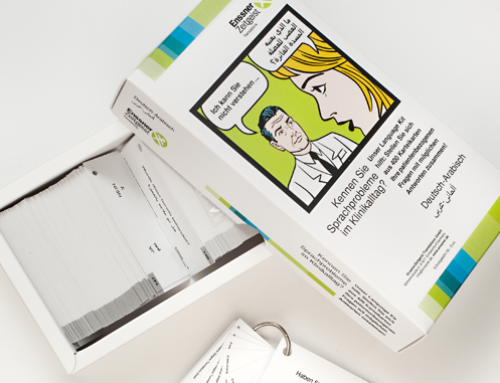Billing “words vs. lines”.
And the associated problems.
And the associated problems.
Preliminary note:
There is a wide variety of billing models common in certain countries for translator fees: American translation agencies charge in dollar cents per source word or in characters, the English charge in pounds for every 1,000 source words, the French in EUR by the translated words, the Germans in EUR by the translated line and the EU in EUR by standard page.
The difficulties for the translation agency or internal translation department start when translations are purchased and billed in different countries: e.g. purchased in pounds per 1,000 words and billed on a per-line basis. However, in recent years billing based on the source words has become established as the “de facto standard”. The reasons for this are certainly globalisation (global sourcing) and the use of translation memory systems that are used internationally and use the source language as the basis for billing. In any case, one advantage of this system is that the prices are more comparable and that the translation costs are known before a line is translated.
1.) What exactly is a line?
The standard line is a common parameter used in the translation industry for billing translations. In German-speaking countries in particular, billing is based on standard lines in the target text; in English-speaking and Romanic countries, the words in the source text are often counted. Contrary to what the term “standard line” suggests, the (invalid) DIN standard DIN 2345 or the European standard EN 15038 (translation jobs) does not contain a numerical value for its scope; however, in Germany, 50-55 keystrokes including spaces have become commonplace. (Source: Wikipedia)
Three problems:
- “…Germany 50-55 characters including spaces”.
- “…charged by standard lines in the target text…”
- “from how many keystrokes does a line count as a whole line”
Comment:
We charge the standard line at 50 characters including spaces, i.e. total characters (with spaces) / 50 characters = number of lines
2.) Which billing model is better?
Difficult subject, because there is no clear correspondence between words and lines in various languages and, to make matters worse, languages are very different in length. We charge the following expansion factors (compared to German) for the most important commercial languages: English 0%, French + 20% and Spanish and Italian + 25%
Comment:
Depending on the source language and type of text (continuous text, technical documentation, …) we charge for the rough words in a standard line, e.g. for German with 7 words/line and for English with 8.5 words/line. However, we only charge according to words/source text and no longer have a set price per line!
Since, unfortunately, the price per line and the price per word are often the same for the source languages German and English, it would be better for us to charge per line for German as source text and per word for English as source text, see the following example (800 pages of technical documentation):
a.) German (source language):
190,584 words at EUR 0.15 = EUR 28,587.60
27,103 lines (1,355,139 characters (with spaces) / 50 keystrokes) at EUR 1.05 = EUR 28,458.15
b.) English (source language):
218,755 words at EUR 0.15 = EUR 32,813.25
26,191 lines (1,309,534 characters (with spaces) / 50 keystrokes) at EUR 1.05 = EUR 27,500.55
3.) Bottom line:
As already mentioned at the beginning, billing according to source text has become the norm. For the translator, the translation agency and internal translation departments, billing based on characters (with spaces)/source text would then be the best and, above all, a fair solution. Unfortunately, this is not the “new” standard. We, for example, usually charge by words/source text.
Have we sparked your interest?
Simply contact us if you would like to know more.
Christian Enssner
Phone: +49 (0)9721 7035-14
christian.enssner@enssner.de
EnssnerZeitgeist
Translations GmbH
97421 Schweinfurt, Germany






